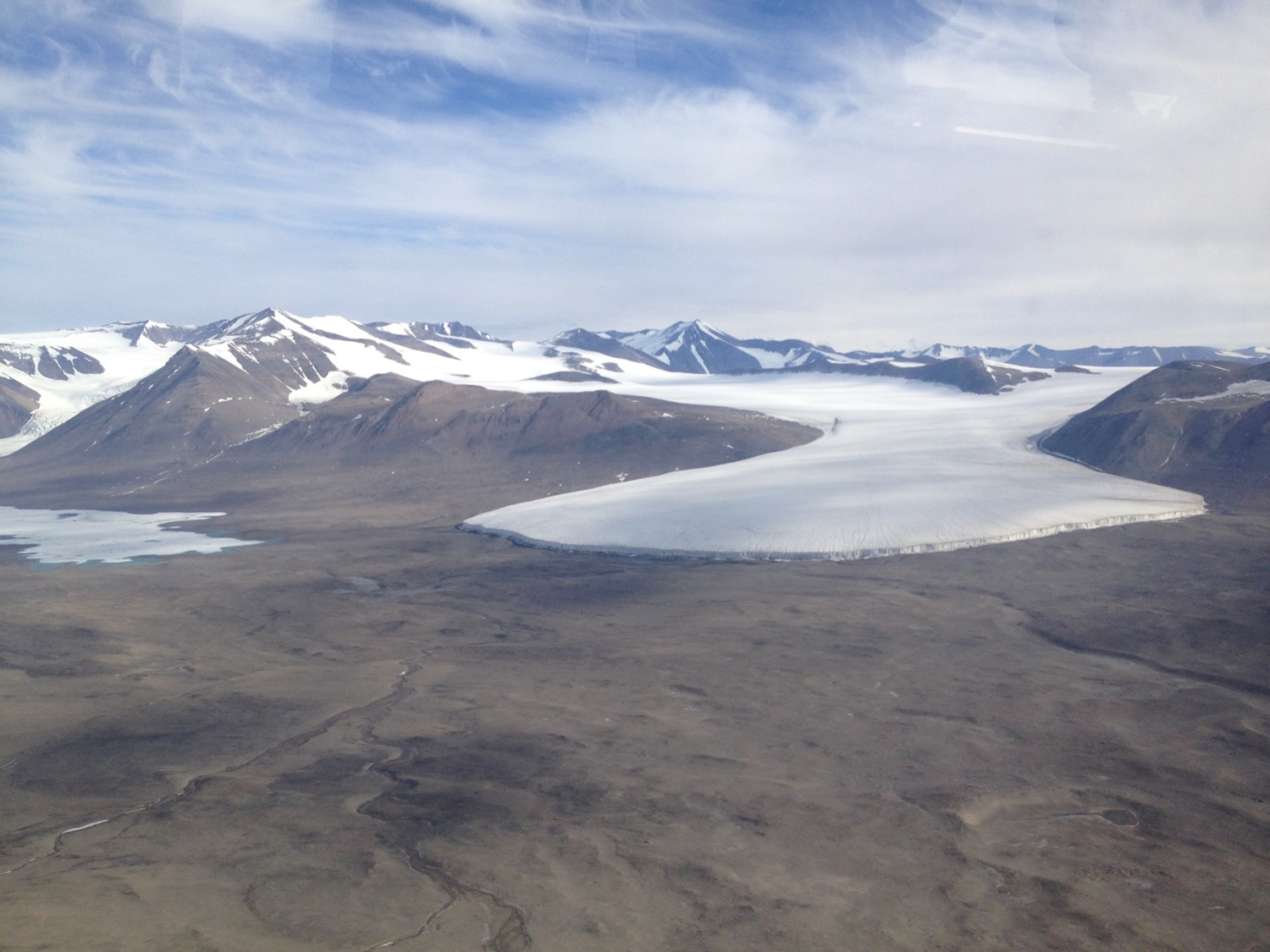Antarctica

Taylor Valley, Antarctica
Antarctic ecosystems are an incredible model system for studying soil communities. In the absence of plants and other interacting factors, the McMurdo Dry Valleys, Antarctica (MDV) provide a unique opportunity to study complete soil communities where all invertebrate taxa can be identified. These systems have extremely low soil organic C and for decades a two-level food web (microbes and their grazers) was accepted. Using a stable isotope approach to distinguish trophic levels, my research shows that despite extremely low C availability, the MDV soils support at least three trophic levels, including an omnivore-predator (Shaw et al. 2018).
The MDV soil trophic structures shift under environmental change, where increased soil salinity (such as what occurs when permafrost melt relocates solutes) releases bacteria from top-down pressure as bacteria grazing nematodes decline (Shaw and Wall 2019). By tracking C sources in the soil food web, I found that these changes have landscape-level implications for community and ecosystem responses to global change. Glacier and permafrost melt cause soil invertebrates to shift from very old legacy C to new C sources that become available as cyanobacteria, algae, and mosses grow in newly wet habitat. This new C promotes spread of taxa that were previously limited lake and stream margins, increasing diversity and changing communities of previously dry soils (Shaw et al. in prep).
